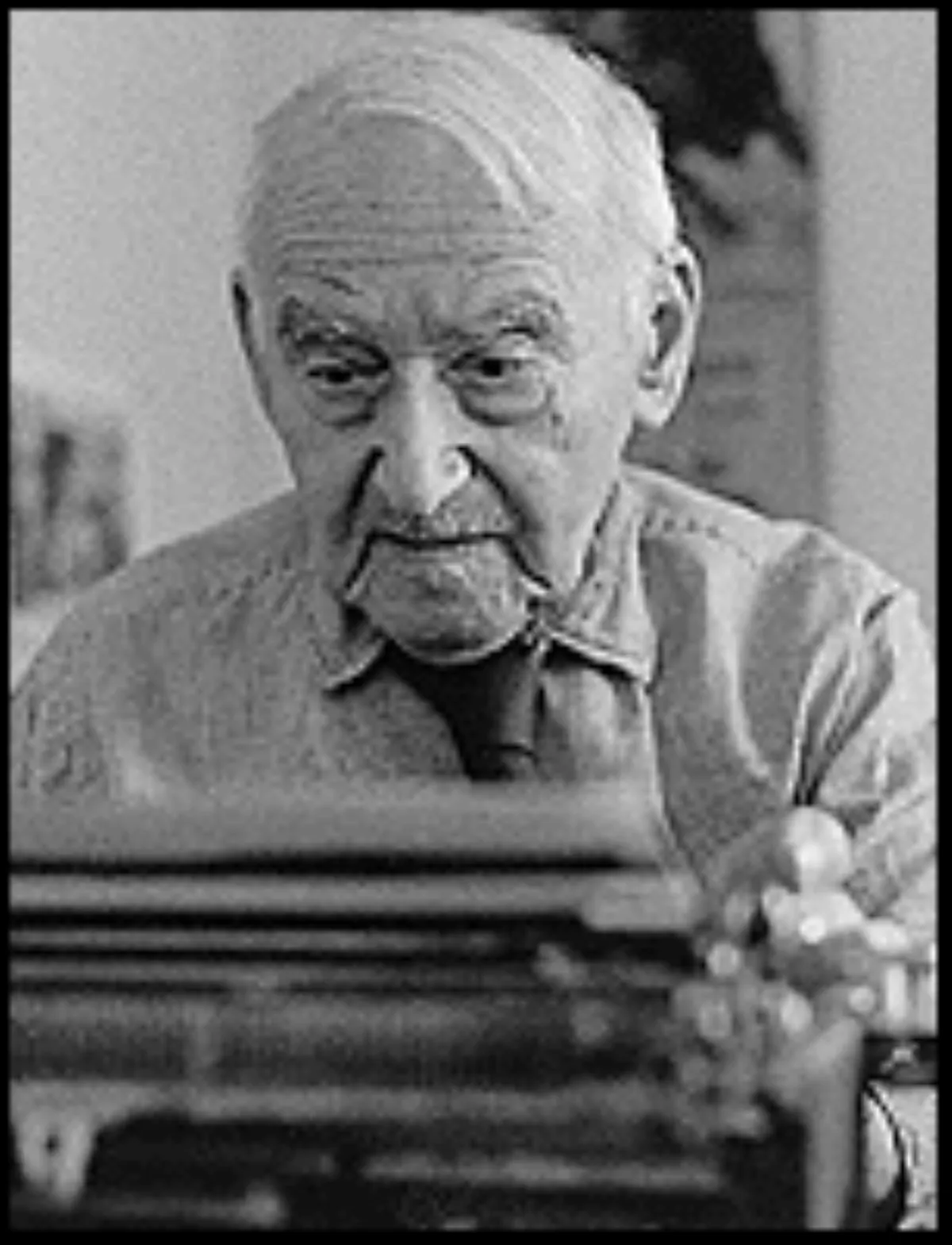 1.
1. George Seldes was an investigative reporter of the kind known in early 20th century as a muckraker, using his journalism to fight injustice and justify reform.

 1.
1. George Seldes was an investigative reporter of the kind known in early 20th century as a muckraker, using his journalism to fight injustice and justify reform.
George Seldes was twice expelled from countries he was reporting from: in 1923 from the Soviet Union, along with three colleagues, for disguising news reports as personal letters, and in 1925 from Italy, for implicating Benito Mussolini in opposition leader Giacomo Matteotti's murder.
George Seldes would leave the Tribune when he battled with its owner and publisher, Robert R McCormick, over the paper altering his 1927 articles on Mexico criticizing the use of their mineral rights by American companies, which he considered to be censorship.
In 1940, George Seldes co-founded a weekly newsletter, In Fact, where he attacked corporate malfeasance, often using government documents from the Federal Trade Commission and the Federal Communications Commission.
George Seldes exposed the health hazards of cigarettes and attacked the mainstream press for suppressing them, blaming the newspapers' heavy dependence on cigarette advertising.
George Seldes cited J Edgar Hoover and the FBI for anti-union campaigns, and brought attention to the National Association of Manufacturers' use of advertising dollars to produce news stories favorable to its members and suppress unfavorable ones.
George Seldes received an award for professional excellence from the Association for Education in Journalism in 1980 and a George Polk Award for his life's work in 1981.
George Seldes served on the board of Fairness and Accuracy in Reporting.
Henry George Seldes, named after economist Henry George, was born on November 16,1890, to Jewish emigres from Russia in Alliance Colony, an agricultural community in rural southern New Jersey.
George's father, George Sergius Seldes, was a pharmacist and a strongly opinionated and radically philosophical man who was a libertarian and corresponded with Leo Tolstoy and Peter Kropotkin, being interested in the latter's ideas on mutual aid.
When he was 19, George Seldes went to work at the Pittsburgh Leader.
In 1916, George Seldes moved to London where he worked for the United Press.
George Seldes became a member of the press corps of the American Expeditionary Forces in France, section G-2D, and as such was commissioned as an officer, as were all journalists in that group.
George Seldes believed that blocking publication of this interview proved tragic.
George Seldes spent the next ten years as an international reporter for the Chicago Tribune.
George Seldes's article implicated Mussolini in the killing, and Seldes was expelled from Italy.
George Seldes wrote an account of Italian censorship and intimidation of American reporters for Harper's Magazine.
George Seldes returned to Europe, but found that his work increasingly censored to fit the political views of the newspaper's owner, McCormick.
Disillusioned, George Seldes left the Tribune and went to work as a freelance writer.
George Seldes's next book, World Panorama, was a narrative history of the interbellum period.
In 1934, George Seldes published a history of the Roman Catholic Church, The Vatican.
On his return to the United States in 1940, George Seldes published Witch Hunt, an account of the persecution of people with left-wing political views in America, and The Catholic Crisis, which sought to demonstrate the close relationship between the Catholic Church and fascist organizations in Europe.
George Seldes later claimed that his critical coverage of Yugoslavia got the publication banned from Communist Party bookstores.
George Seldes published The People Don't Know on the origins of the Cold War in 1949.
George Seldes later wrote that In Fact was founded at the instigation of the US Communist Party leadership, but he wrote that the party worked through his partner Bruce Minton without his knowledge.
George Seldes wrote that he was unaware that Minton was a party member who received the funds to start In Fact from the Communist Party.
George Seldes vehemently denied Communist Party membership and was "cleared" by McCarthy's Senate subcommittee, but George Seldes's greatest influence on readers had already passed.
George Seldes did publish Tell the Truth and Run in 1953, but otherwise found it difficult to publish his work throughout the 1950s.
Stone's Weekly premiered in 1953, picking up where George Seldes had left off.
George Seldes published Never Tire of Protesting in 1968 and Even the Gods Can't Change History in 1976.
George Seldes published his autobiography, Witness to a Century in 1987.
In 1981, George Seldes appeared in Warren Beatty's Reds, a film about the life of journalist John Reed.
George Seldes appears as one of the film's "witnesses" commenting on the historical events depicted in the film.
George Seldes served on the board of Fairness and Accuracy in Reporting.
George Seldes died on July 2,1995, in Windsor, Vermont, at 104.
George Seldes makes too much of the failure of newspapers to print exactly what George Seldes would have printed if he were the managing editor.
George Seldes reported about disease in the political economy, and the gross inequities of power, and the abuses and the exploitation.
Actress Marian George Seldes was his niece; his nephew was the literary agent Timothy George Seldes.
George Seldes was married to Helen Larkin Seldes, nee Wiesman, from 1932 to her death in 1979, at the age of 74, in Spain, while they were tourists there, of a rare blood condition.